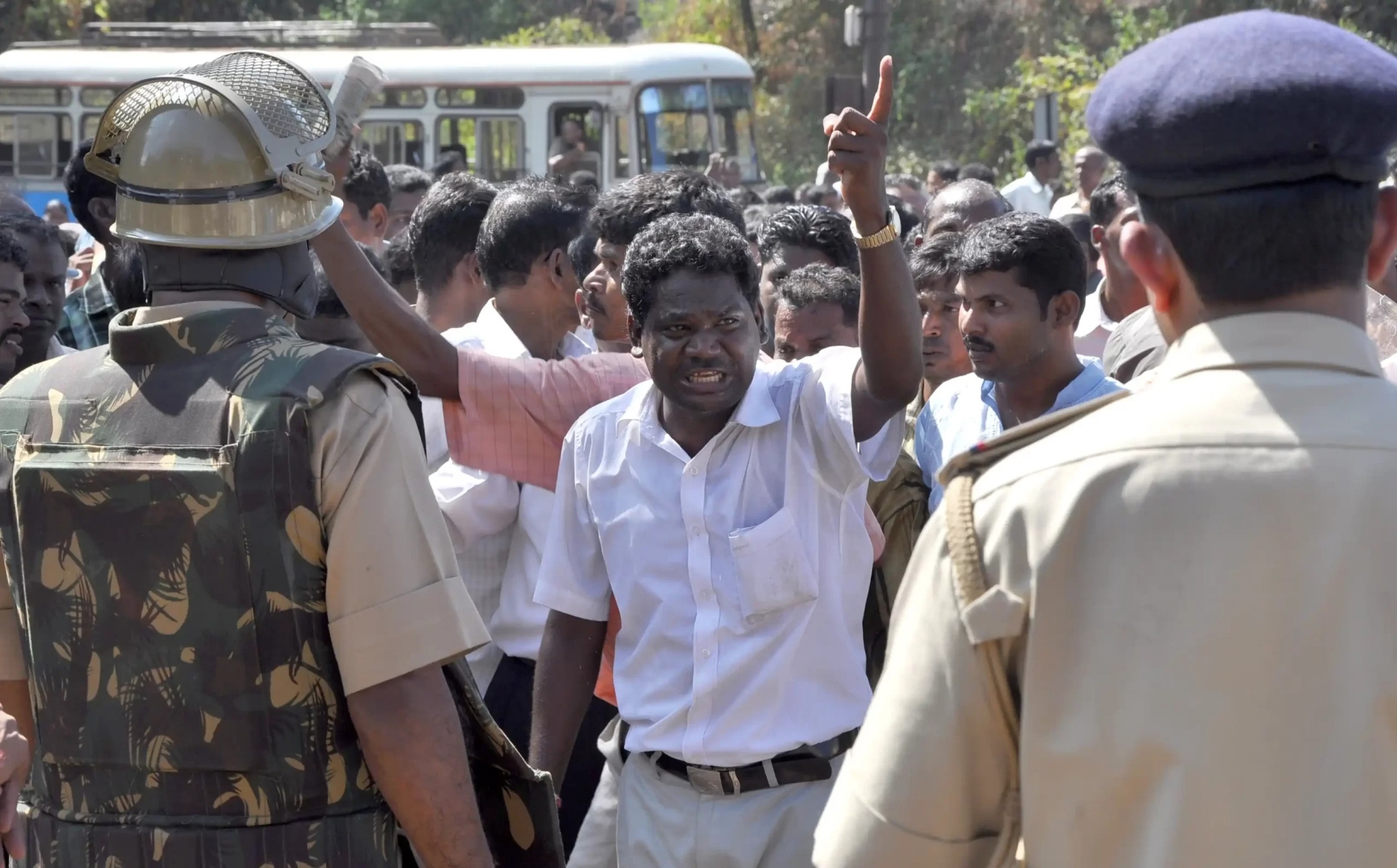Genesis of a movement: Tribal advocacy or a tool for politics?

PANAJI
The ongoing internal turmoil in the United Tribal Association Alliance (UTAA) seemingly comes across as a fallout of the deft political move played by the Bharatiya Janata Party (BJP) government led by Chief Minister Pramod Sawant — to sack the only tribal member of the cabinet, Govind Gaude, on "disciplinary" grounds after he publicly dissented and hurled allegations of corruption against the tribal welfare department held by the Chief Minister himself.
The quasi-judicial order passed by the South Goa district registrar barring UTAA president Prakash Velip and his team from functioning and even using the organisation's name until the elections in September sounds odd and raises suspicion of retribution from the powers that be.
Velip, a veteran of the tribal movement and politics, multiple-term former MLA and minister, has aligned strongly with Gaude in the one-upmanship battle for supremacy within the community with Speaker Ramesh Tawadkar.
But beyond the politics, which certainly has played its part in the no-holds-barred conflict playing out in the UTAA, senior leaders from all sides within the organisation admit — albeit confidentially, that internecine fissures along sub-caste lines remain a challenge which have to be dealt with.
Historical disadvantage and persistent struggles
Tribal peoples in Goa are often referred to as the 'aborigines' of Goa. In fact, conversely, if you are not a tribal, then you are a 'settler', with your ancestors having arrived on Goan soil at some point in the history of 1,000 years in the 1000–1900 AD millennium.
Yet, much like aborigines in almost every part of the world, Goa's tribal people — primarily the Gaudas, the Kunbis and the Velips — have remained the disadvantaged lot, often socially ostracised and berated. It is precisely in this context that these tribal communities have constantly agitated, pushing for greater recognition, land rights and protection of their cultural identity in the more recent era of post-Liberation Goa.
From OBC to ST: A movement gains ground
Previously categorised as Other Backward Classes (OBCs), these three tribes agitated and built a movement in the 1980s and early 1990s for recognition as Scheduled Tribes, with associations of the individual sub-castes joining hands to leverage numerical strength. Together, they are said to constitute almost 12% of the State's population — big enough to ensure that no political party can ignore them.
The movement eventually tasted success when the Vajpayee government notified the three castes as Scheduled Tribes in 2003.
Interestingly, in the jubilant aftermath of the development where they got recognition as Scheduled Tribes, the tribals in Goa decided to close ranks, reportedly at the prodding of the then Chief Minister, the late Manohar Parrikar, and eventually, about a year later, the umbrella organisation UTAA was born in 2004.
However, Parrikar lost power in 2005, and UTAA followed him into the Opposition role, pushing the government for job reservations and several other tribal welfare measures.
Political agitations and current conflict
UTAA also played a key role in the 2011 tribal agitation, which turned violent and saw two tribal youth die in the arson.
More recently, the tribal community raised the banner of protest over political reservations and a quota of seats in the State legislature. UTAA may not have led the Mission Political Reservations stir, but its leaders did lend support to GAKUVED, which spearheaded it.
UTAA nonetheless is the most prominent of tribal advocacy organisations in Goa, and this political personality-based power struggle between Gaude–Velip on one hand and Tawadkar — seemingly backed by the ruling establishment — will be keenly watched by political enthusiasts and observers, at least until the upcoming election to UTAA's managing committee slated to be held in September.